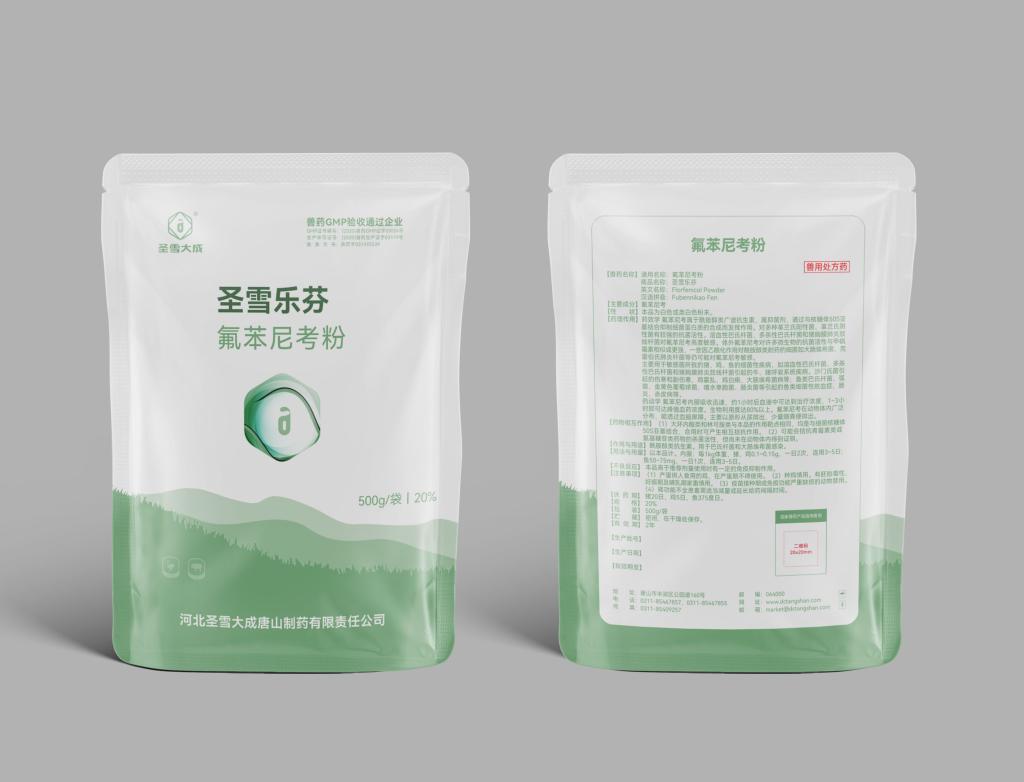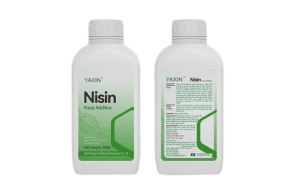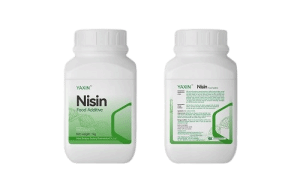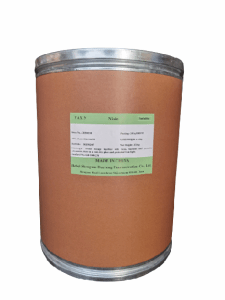Tel:+8618231198596

News
 CONTACT
CONTACT
 CONTACT
CONTACT
- Linkman:Linda Yao
- Tel: +8618231198596
- Email:linda.yao@dcpharma.cn
- Linkman:CHARLES.WANG
- Department:Overseas
- Tel: 0086 0311-85537378 0086 0311-85539701
News
The shelf life of Florfenicol Powder is an important consideration for stock management.
TIME:2024-09-27
Understanding the Shelf Life of Florfenicol Powder:
Definition and Regulatory Requirements:
The shelf life of a pharmaceutical product, including florfenicol powder, is the period during which it is expected to remain within the approved specifications, provided that it is stored under the conditions defined by the manufacturer.
Regulatory bodies, such as the U.S. Food and Drug Administration (FDA) and the European Medicines Agency (EMA), set stringent requirements for the stability testing and labeling of veterinary drugs, including the expiration date, which indicates the end of the shelf life.
Factors Affecting Shelf Life:
Storage Conditions: Temperature, humidity, light, and air exposure are key factors that can influence the stability of florfenicol powder. Adhering to the recommended storage conditions, typically specified on the product label, is essential to maintain its potency.
Packaging Integrity: The packaging must be intact and undamaged to protect the contents from environmental factors. Damaged or improperly sealed containers can lead to degradation of the drug.
Manufacturing Quality: The quality of the manufacturing process, including the purity of the active ingredient and excipients, can impact the shelf life. High-quality production standards are necessary to ensure a long and stable shelf life.
Importance of Shelf Life in Stock Management:
Efficacy and Safety:
Administering expired florfenicol powder can result in sub-therapeutic dosing, leading to treatment failures and potentially contributing to the development of antibiotic resistance.
Using expired medication may also pose a risk to animal health due to potential degradation products or loss of sterility, especially if the powder is reconstituted with water or other solvents.
Cost Efficiency:
Proper management of the shelf life helps prevent financial losses associated with the disposal of expired products.
By keeping track of expiration dates and using older stock first, veterinarians and farm managers can optimize their inventory and reduce unnecessary purchases.
Regulatory Compliance:
Using medications past their expiration date can lead to non-compliance with veterinary practice standards and regulations, which can have legal and reputational consequences.
In some cases, the use of expired drugs may violate Good Manufacturing Practices (GMP) and Good Veterinary Practices (GVP), leading to potential penalties and audits.
Best Practices for Managing the Shelf Life of Florfenicol Powder:
Proper Storage:
Store florfenicol powder in a cool, dry place, away from direct sunlight and sources of heat. Follow the manufacturer's instructions for specific temperature and humidity requirements.
Ensure that the storage area is clean and free from contaminants that could affect the integrity of the drug.
Inventory Control:
Implement a first-in, first-out (FIFO) system to use the oldest stock first and minimize the risk of expiration.
Regularly review and rotate stock to ensure that all products are used before they expire.
Record Keeping:
Maintain accurate records of the purchase and use of florfenicol powder, including batch numbers, quantities, and expiration dates.
Use an inventory management system or software to track the shelf life of all medications and receive alerts when products are nearing their expiration.
Regular Inspections:
Conduct routine inspections of the storage area and the condition of the packaging to identify any signs of damage or deterioration.
Check for any changes in color, odor, or consistency that may indicate degradation of the drug.
Staff Training:
Train all staff members involved in the handling and administration of florfenicol powder on the importance of proper storage and the risks associated with using expired products.
Provide ongoing education to ensure that everyone is aware of the latest guidelines and best practices for managing the shelf life of veterinary medications.
Conclusion:
The shelf life of florfenicol powder is a crucial consideration for effective stock management in veterinary practice. By adhering to proper storage conditions, implementing robust inventory control systems, and maintaining accurate records, veterinarians and farm managers can ensure that the medication remains potent and safe to use. Additionally, regular training and awareness among staff are key to preventing the use of expired products and maintaining compliance with regulatory standards. Effective management of the shelf life not only supports the health and well-being of the animals but also contributes to the economic and operational efficiency of the practice.
- Tel:+8618231198596
- Whatsapp:18231198596
- Chat With Skype







